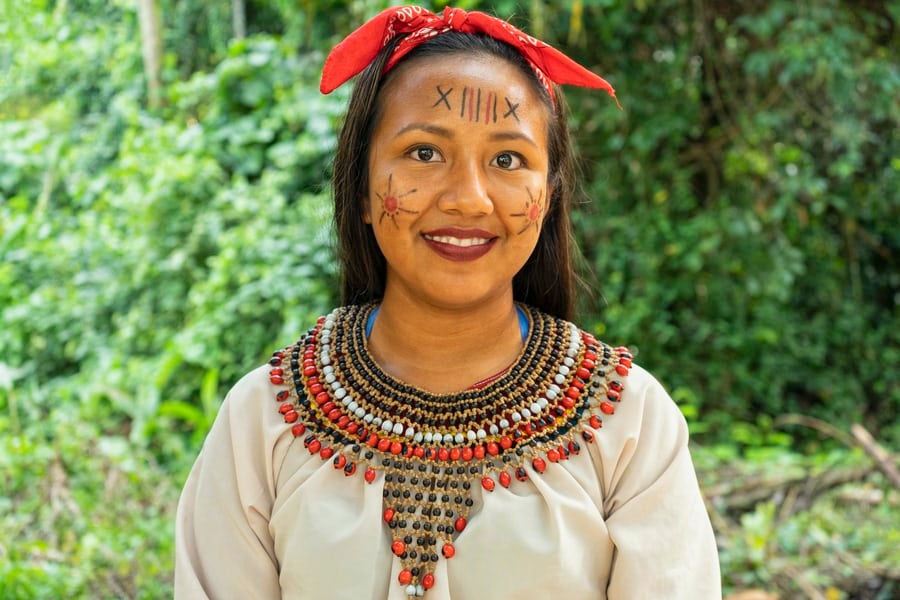In the wake of the Gabby Petito case and the massive national media coverage it warranted, it has become evident that not all missing cases are treated equally. The online frenzy that Gabby’s disappearance evoked saw her body found in a matter of eight days. The same cannot be said for the hundreds of Indigenous people reported missing in Wyoming, the same state in which Gabby was found dead.
According to a January report published by Wyoming’s Missing and Murdered Indigenous Persons Task Force, at least 710 Indigenous people, mostly girls, went missing in Wyoming between 2011 and 2020. Currently, only 10 are listed as missing. There are 1,254 missing person records for Indigenous people in Wyoming; 57 percent are female, and 87 percent are kids. In 2016 alone, 5,712 Indigenous women and girls were reported missing to the National Crime Information Center (NCIC). While 21 percent of missing Indigenous people remain missing for 30 days or longer, only 11 percent of missing white people stay missing for that same amount of time.
According to the same report, the homicide rate for Indigenous people is eight times higher than that for White people. Additionally, the homicide rate for Indigenous females is 6.4 times higher than the homicide rate for White females. Despite the higher rates of Indigenous homicide victims, only 30 percent of Indigenous victims received newspaper media coverage. How much coverage did White victims get? 51 percent. To cut the wound even deeper, Indigenous female homicide victims get the least amount of media coverage at a mere 18 percent. With what little coverage Indigenous victims do get, the report adds that their media portrayal is “more likely to contain violent language, portray the victim in a negative light, and provide less information” as compared to the media portrayal of White homicide victims.
The report acknowledges that community barriers are often why Missing and Murdered Indigenous Persons (MMIP) are treated so disproportionately. These barriers include a lack of trust in law enforcement and the judicial system, no single point of contact during an investigation and the lack of information during and after the investigation. The report recommends the following solutions to these barriers: developing consistent protocols and data systems for MMIPs to inform law enforcement and families, creating an Indigenous advocacy position/response team to help families with reporting and investigation processes and raising community awareness about the prevalence of MMIP.
What’s actively being done to help remedy this generational trauma? According to Insider, after being pressured by advocates, Wyoming Governor Mark Gordon established the Missing and Murdered Indigenous Persons Task Force in 2019. In 2020, Gordon also signed legislation that aims to improve data collection of MMIPs and requires training law enforcement on how to handle cases that involve Indigenous people appropriately.
“Growing up, I didn’t have the opportunity to know who my Grandma was. Her life was taken too soon, and her body was found on the Rez. I know as much of my Grandma as the crime that took her life.”
Fawna Friday (Northern Arapaho) Granddaughter of Elsie Louise Hungry Fowler
Indigenous people make up a minority of the United States population—only 2.09 percent. Yet, Indigenous women are more likely to experience violence than any other demographic. 97 percent of that violence was perpetrated by a person who was not Indigenous. These families are screaming for help.
Want to see more HCFSU? Be sure to like us on Facebook and follow us on Instagram, Twitter, TikTok, Youtube and Pinterest!



